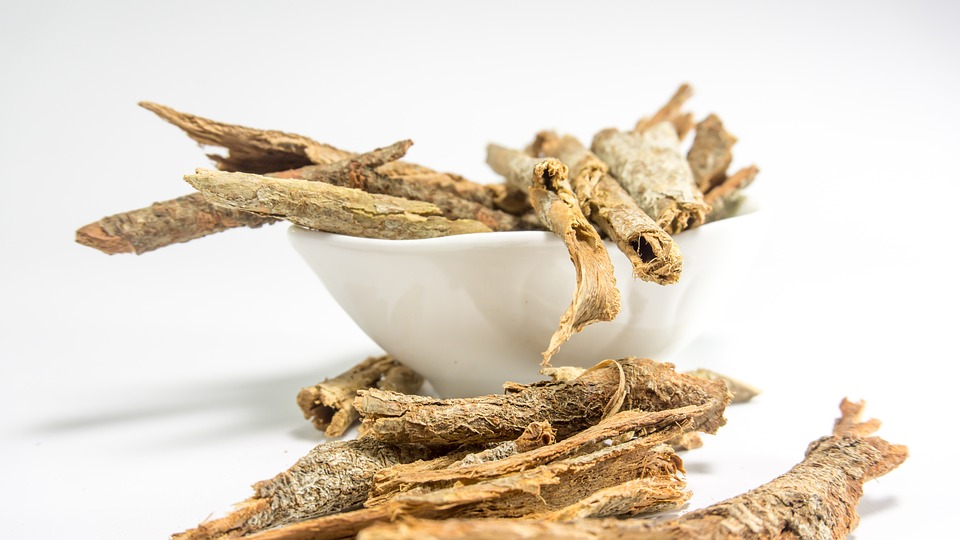Millet was an ancient staple in North Africa and India and for centuries it was the primary grain in China, until it was replaced by rice. Today, millet is a major crop in many countries, particularly those that have a hot, dry climate: it has a short growing season, thrives in poorly fertilized soil and resists drought. In North America and Western Europe, millet is more commonly recognized as cattle feed and bird seed and it is only recently that this nutritious grain is becoming more popular.
Hulled millet grains are small, round and yellow (the hulls are indigestible). Whole-grain millet and millet flour can be found in health food stores. Like many other grains, millet should be stored in a glass jar in the refrigerator and used within four months, or it can be stored tightly sealed in the freezer. It can be eaten as a cereal or a side dish, or added to soups, stews and casseroles. Millet flour can be used in cookies and crackers, or combined with other grains to make breads, muffins and other baked goods.
Millet is superior in protein and iron content compared to other true cereal grains such as wheat, rice and corn. It is gluten-free and supplies many of the B vitamins. Millet is one of the few cereal grains that’s alkaline, and it is non-allergenic and easy to digest.
If it’s cooked with a lot of liquid, millet will have a creamy texture and you can serve it as a porridge, as a polenta or in place of mashed potatoes. To make it this way, rinse 1 cup of millet then add it to 3 to 3½ cups of boiling water and a pinch of sea salt. Reduce the heat to low and cook for 30 to 40 minutes, stirring occasionally, until the millet is thick and soft. To make polenta, press the cooked millet into a loaf pan, place in the refrigerator to chill, then cut into slices.
If it’s cooked with less liquid, millet has a lighter, fluffier texture and can be used in place of rice or couscous, or in soups, stews or casseroles. To make it this way, rinse 1 cup of millet, dry thoroughly, and then toast it before cooking. As with other grains, toasting the grain improves the taste; cooked millet has a mild, sweet flavour. You can toast it dry or in a bit of oil (use about 1 teaspoon olive oil). To toast, heat a saucepan over medium heat, add oil (if using) and millet and cook, stirring constantly, until it’s aromatic (smells nutty) and golden, about 4 minutes. Slowly stir in 2 cups of hot cooking liquid (water, chicken stock or vegetable stock) and a pinch of sea salt. Turn the heat down to low, cover and simmer for 15 to 20 minutes until all the liquid is absorbed. Remove the saucepan from the heat and let stand, covered, for 5 to 10 minutes then fluff with a fork before serving.



